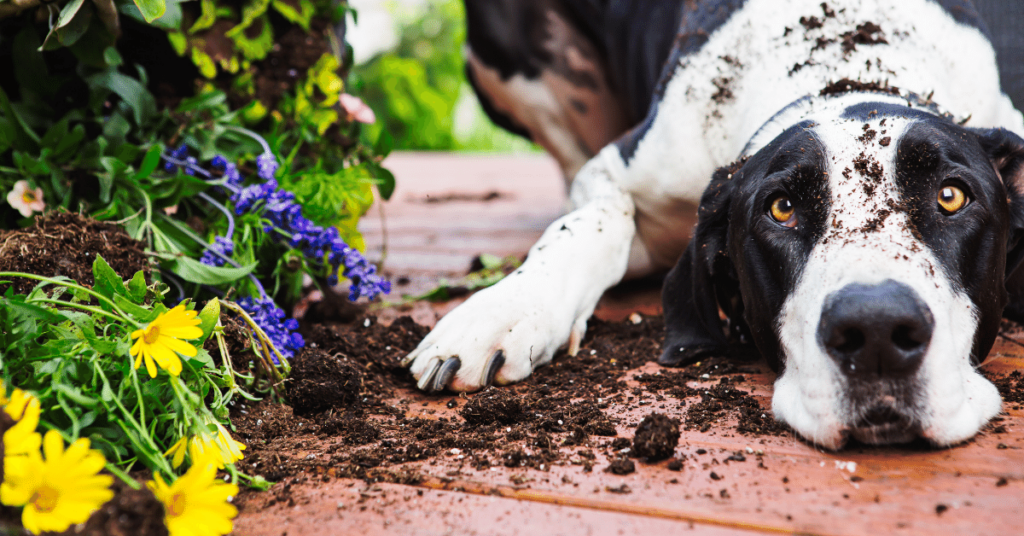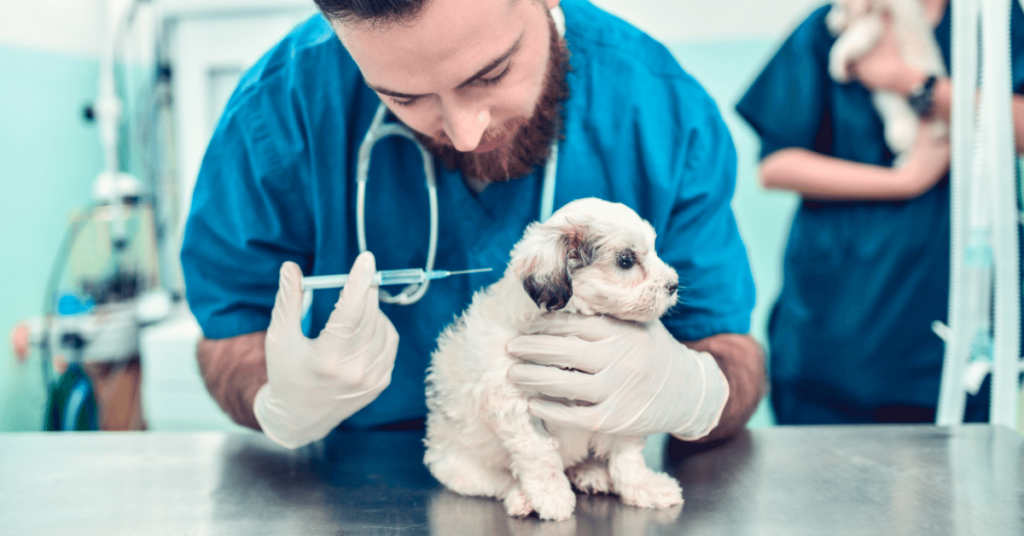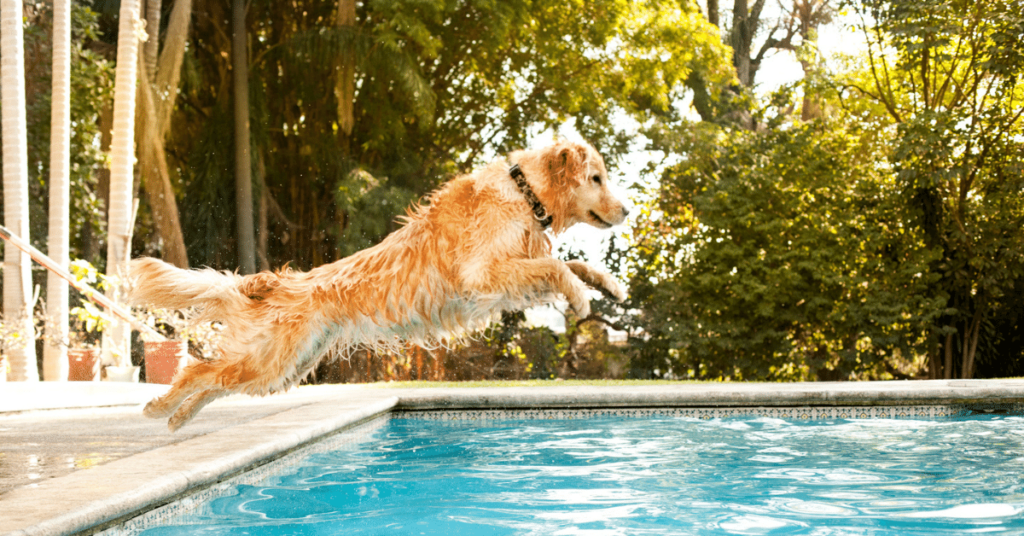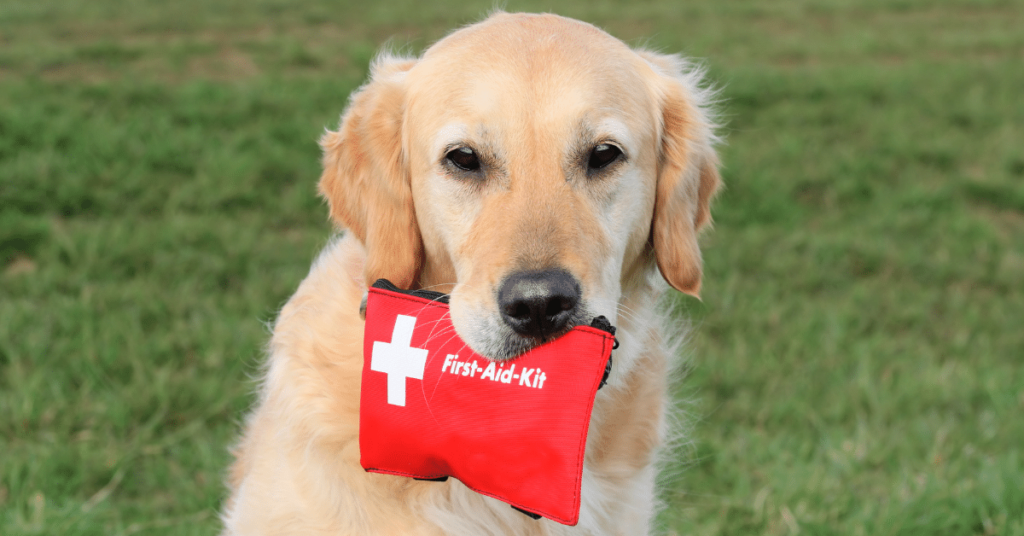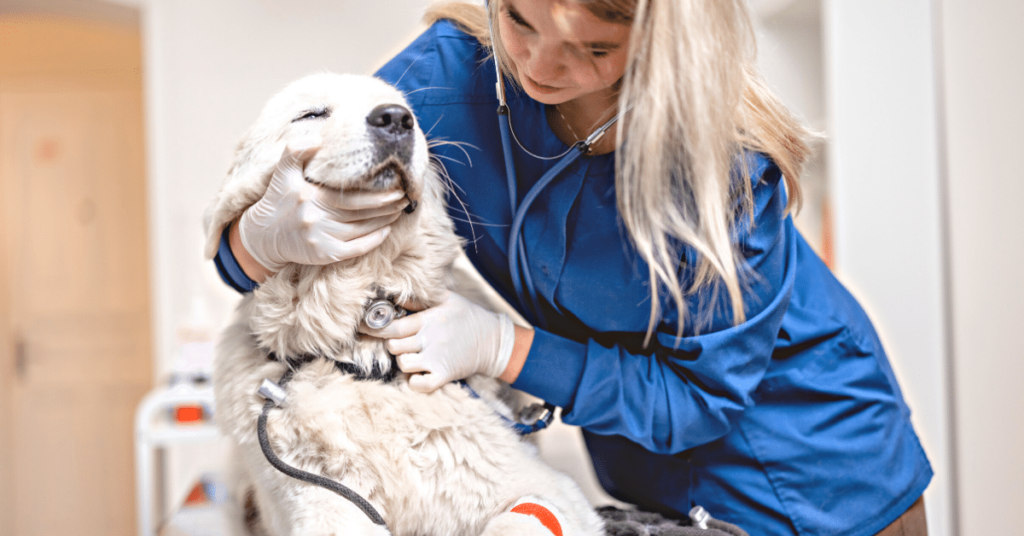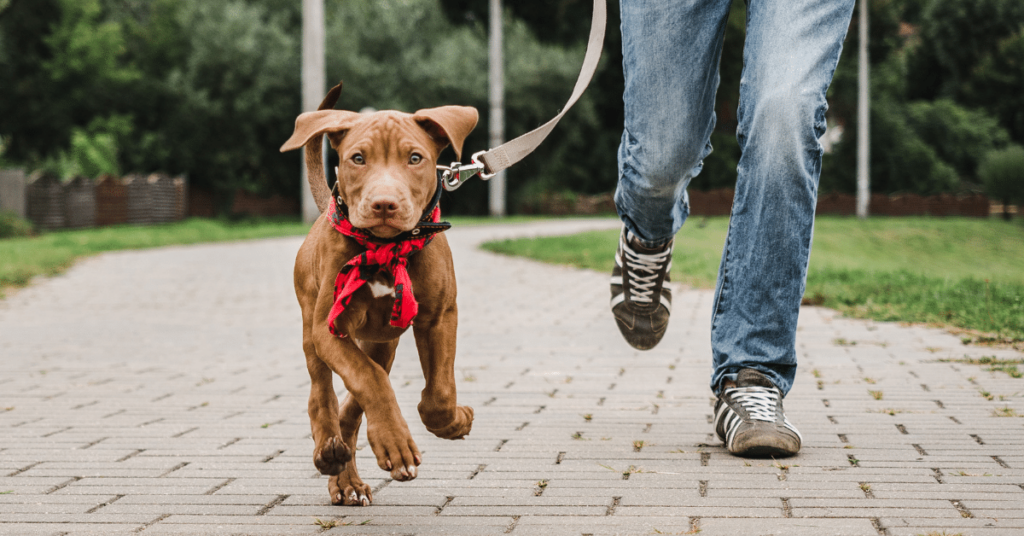Introduction
Creating a beautiful yard is a cherished goal for many homeowners. However, as pet owners, it’s important to be mindful of the plants we choose to include in our outdoor spaces. Some plants can be harmful or even toxic to our furry friends. In this article, we will explore some tips for designing and maintaining a pet-safe garden that is not only visually appealing but also ensures the safety of your pets.
Research Pet-Friendly Plants
When planning your pet-safe garden, it’s crucial to research and identify plants that are safe for your pets. Opt for pet-friendly plants that pose little to no risk if ingested. Some popular pet-friendly options include marigolds, African violets, petunias, and zinnias. These plants not only add color and charm to your yard but are also non-toxic to cats and dogs.
Avoid Toxic Plants
On the other hand, it’s equally important to be aware of plants that can be toxic to pets. Certain plants, such as lilies, azaleas, daffodils, and tulips, can cause severe health issues if ingested by pets. Research thoroughly and make a list of toxic plants to avoid planting them in your garden completely.
Create Barriers and Boundaries
Creating barriers and boundaries within your garden can help keep your pets away from potentially harmful plants. Install fences or use decorative garden borders to separate the play areas from the garden beds. This ensures that your pets can enjoy their outdoor playtime without accidentally coming into contact with any toxic plants.
Designate a Pet-Friendly Play Area
To further enhance the safety of your garden, consider designating a specific area for your pets to play. This area can be covered with pet-friendly ground cover, such as artificial turf or mulch. By creating a designated play area, you can have peace of mind knowing that your pets are less likely to wander into areas where toxic plants may be present.
Install Raised Garden Beds
Raised garden beds not only add visual interest to your yard but also provide an extra layer of protection for your pets. By elevating the plant beds, you can prevent your pets from entering and potentially damaging or ingesting any plants. It also makes it easier for you to maintain and manage your garden.
Utilize Natural Repellents
Instead of relying on harsh chemical repellents, consider using natural alternatives to keep pests and animals away from your garden. Plants like lavender, rosemary, and marigold naturally repel insects while being safe for pets. Additionally, planting garlic and lemongrass can act as natural deterrents for fleas and ticks.
Regular Maintenance and Monitoring
Regular maintenance and monitoring of your pet-safe garden are essential. Keep an eye out for any weeds or volunteers that may appear in your garden beds. Some weeds may be toxic to pets, so it’s important to remove them promptly. Regularly inspect your plants for any signs of damage or disease and take necessary steps to address issues immediately.
Provide Plenty of Fresh Water
Whether your pets are inside the house or playing in the garden, it’s essential to provide them with access to fresh water. Keep a water bowl and make sure it is always filled with clean water. This way, your pets can stay hydrated while enjoying their time in the garden.
Summary
Designing a pet-safe garden is all about being aware of potential dangers to your pets and taking the necessary precautions. Research pet-friendly plants, avoid toxic ones, create barriers, and designate a pet-friendly play area. Consider installing raised garden beds and use natural repellents to maintain a healthy garden ecosystem. Regular maintenance and monitoring, along with providing fresh water, will help ensure the safety and enjoyment of your pets in your beautiful, pet-safe garden.

